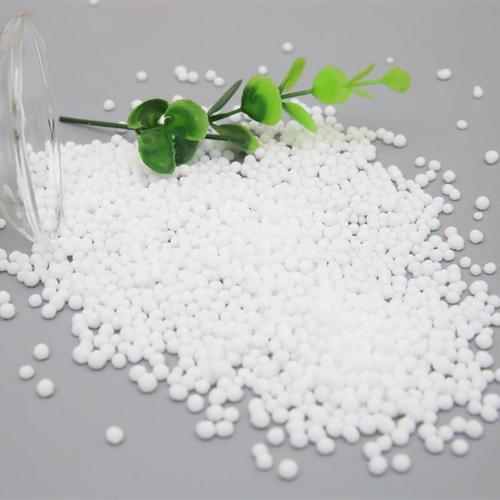Project Report For Urea Fertilizer Plant
Introduction
Project report for Urea Fertilizer Plant is as follows.
Urea is a low-cost nitrogen fertilizer with a 46-0-0 NPK (nitrogen-phosphorus-potassium) ratio. Although people and animals create urea naturally, synthetic urea is made from anhydrous ammonia. Although urea frequently provides the most nitrogen for the lowest price, particular precautions must be taken when applying urea to the soil to avoid nitrogen loss due to a chemical reaction.
When carbon dioxide reacts with anhydrous ammonia, urea is formed. At 350 degrees Fahrenheit, this reaction takes place under extreme pressure. Urea is processed into granules or prills, which are solid globules of urea. Because dry urea is very soluble, it must be kept dry until it is used.
Project Report Sample On Urea
Fertilizer Plant
Get Completely Custom Bankable Project Report
When urea is applied to the soil’s surface, a chemical reaction occurs, converting the urea to ammonium bicarbonate. If not protected, the ammonium will change to a gas, which will be lost. This implies that for optimal efficacy, urea should be mixed together with the soil.
This can be accomplished by either distributing the urea and immediately plowing it into the soil, or by injecting the urea into the soil. This can also be accomplished by distributing urea and then intensively irritating to force dissolved urea into the soil.
Consumer knowledge of the usage and advantages of urea fertilizers in agricultural production has resulted in a rise in their use. Government subsidies are increasing, which is encouraging firms to engage in the fertilizer industry.

The growing global population is also a key market driver for the food and beverage industry. Farmers are employing urea fertilizers to meet the demand from this sector since it is the largest consumer of plant-based and agricultural products.
Farmers’ understanding of the use of urea fertilizer is insufficient, which results in excessive use of urea fertilizers. It causes the soil to produce excessive ammonia, making it acidic in nature and reducing soil fertility, which is likely to act as a restriction on the worldwide urea fertilizers market.
Market Potential Of Urea Fertilizer Plant
Expenses

Product Cost Breakup

Reveneue Vs Expenses

Market Trend

The urea market size was estimated at over 183,000-kilo tons in 2021, and the market is projected to register a CAGR of over 2% during the forecast period (2022-2027).
Urea is a low-cost kind of nitrogen fertilizer that aids in improving agricultural output. The primary purpose of urea fertilizers is to supply nitrogen to the plant in order to enhance foliage development.
Due to a lack of land and an increase in the demand for agricultural goods, urea fertilizer production and use have increased during the last decade.
Because of the expanding purchasing power of crop producers and improved accessibility, urea fertilizer is likely to achieve quick popularity among customers in the future.
The increasing expansion of the food and foodservice sectors among the population is incentivizing farmers and purchasers to employ urea fertilizers in their farming processes in order to boost crop yield.
Farmers and purchasers are required to enhance crop output and land availability at a specific period to meet demand from raw material processors in the urea fertilizer market.
The government of the individual country participates in agriculture-based economies to encourage farmers to boost local output. Due to an increase in its popularity and advantages among customers, it is also projected that the use of urea fertilizers would grow in the future years.re
